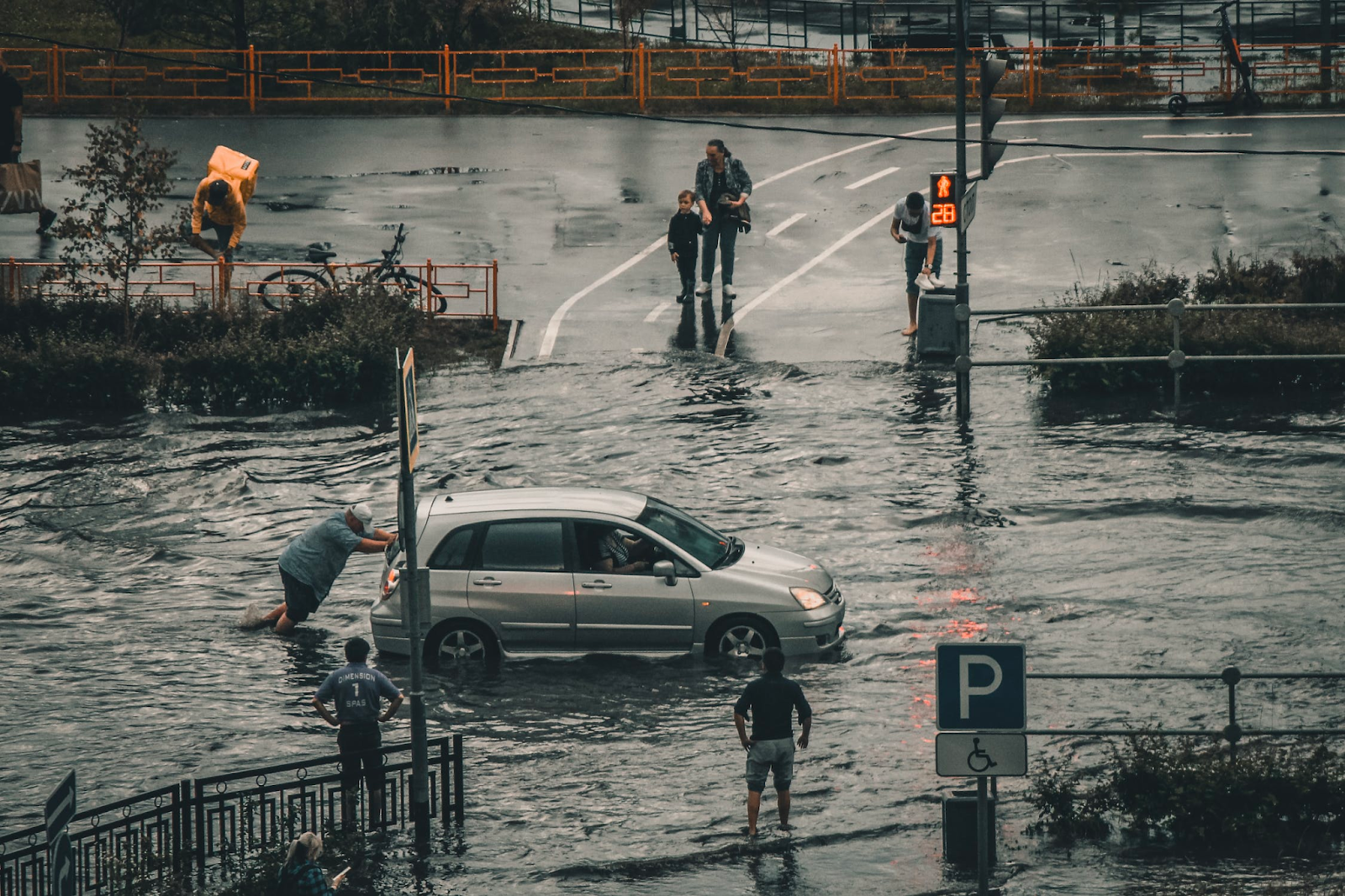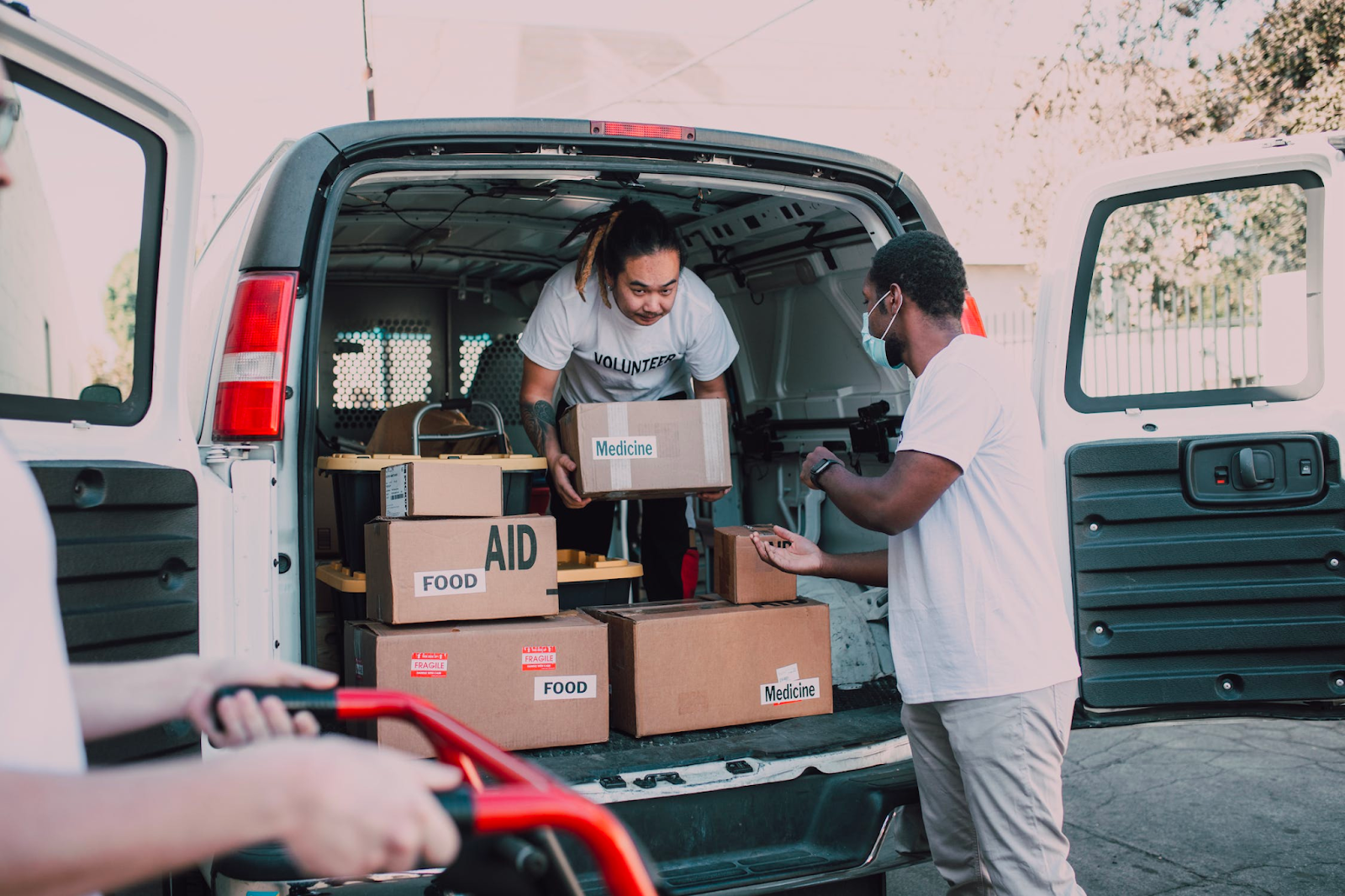ThoughtFull Resources
ThoughtFull Resources

- Nov 2, 2022
-
3 min read
Four Things Employers Can Do When Natural Disasters Strike

Source: Pexels
Tragic disasters like floods, hurricanes, and earthquakes are occurring more frequently, abruptly, and intensely than ever (1). With rising sea levels and global warming, it’s nearly impossible to predict most of these disasters. Crunching the numbers, people in Asia and Pacific regions were displaced more than 225 million times due to natural disasters triggered from 2010 to 2021 (2).
From an organizational context, the last thing we should do is rush traumatized employees back to work. Instead, organizational leaders need to facilitate interventions to support employees in the wake of these tragic events, and to prepare for future ones.
The Psychosocial Impact of Natural Disasters

Source: Pexels
Even though the torrential rains, floods, and fires have passed, it’s likely that people’s distress has not. Immense worries arise from the inability to work, loss or harm of loved ones, to the additional financial stress from replacing damaged property. These stressful situations then trigger the body’s “fight or flight” response, releasing a surge of stress hormones like cortisol, which lead to immediate biological and psychological effects.
The impacts of a disaster on emotional and behavioral health can be severe and long-lasting. If not addressed, the recovery of individuals, families, and communities can result in persistent health burdens. Hence, efforts focusing on rebuilding communities and psychosocial care are critical if we want to build resilience and save lives.
What Should Organizational Leaders Do When Disaster Strikes?

Source: Pexels
An organization is nothing without its people. So, when disaster strikes, human welfare should take priority over productivity of any kind. Our employees deserve time and support to recover from the loss as a result of any tragic disaster. And here are four things employers should do to help people recover and rehabilitate:
1) Create effective lines of communication
Employees need to know what’s going on at work and what’s expected of them both during and after a disaster. Keeping internet and electricity limitations in mind, utilize physical signages and mail in addition to emails, texts, calls, and social media.
Send messages on a regular schedule to help people know when to expect the next update (eg. twice daily at 8am and 6pm). Rather than communicating with a despondent tone, be informational and caring to help people feel more at ease during these tumultuous times.
2) Specify key business protocols
When explaining the next business steps to your employees, be as specific as possible. Employers need to be transparent about how the organization will be handling everything from structural damage, pay, and benefits, lost productivity, and employee assistance. Some important details include:
-
Changes in office hours
-
Working arrangements (remote, hybrid, or in-office)
-
Protocols for logging time off (PTO, sick day, or emergency leave)
-
Payroll updates
-
How to go about changes in road and office conditions
-
How often do they need to update their managers
-
Whether they can bring their kids to work if school is out
3) Provide support for recovery
If your organization has employee assistance programs already in place, make it clear to people how they can access those resources. If it doesn’t, put them in contact with organizations that can help them. List down websites, numbers, and locations for local relief centers.
Make mental health resources accessible at all times to help people manage the emotional effects from trauma to survivor’s guilt. Providing people with a pillar of mental support can ease anxiety which helps in moments where difficult decision-making is involved.
4) Encourage volunteering efforts
Establish an internal command center where employees and leaders can discuss about emergencies and ongoing needs. This initiative reinforces company-wide volunteerism among those who aren’t impacted by the disaster.
For instance, leaders can set up a group chat or social media account to facilitate donations and other forms of relief support. If these virtual command centres aren’t viable, don’t shy away from onsite signup sheets, onsite donations, and phone check-ins. It’s all about giving people a means to support their community and ultimately lighten the burden everyone is feeling.
Summary
The immediate loss of control and safety after a traumatic disaster can leave anyone in tremendous distress. Anyone affected will likely not be the same, especially if they’ve experienced loss of a loved one or damaged homes. That’s why, empathy, compassion, and active support should be at the forefront of any business. And organizational leaders should be a source of comfort during these critical times.
We’re Here to Help!
💼Want to build healthier and more resilient organizations and communities with ThoughtFullChat’s evidence-based coaching and curated mental wellbeing programs? Email us at hello@thoughtfull.world to get a free assessment and demo.
👤 Looking for a professional to support your personal mental wellness journey? Be sure to download our app on the App Store and Google Play to connect with a certified ThoughtFull Professional today!
